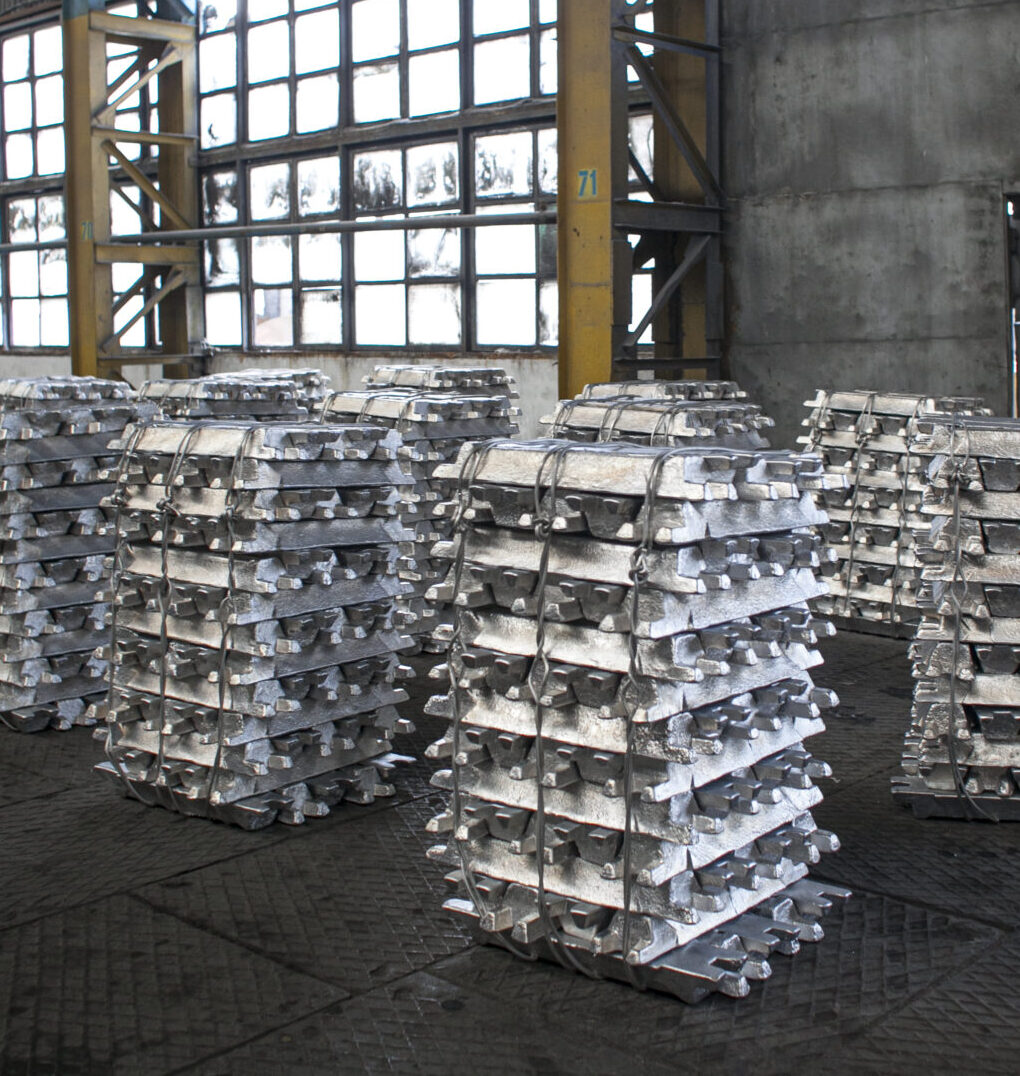Finding the fingerprints that explain sea-level rise
If you imagine the effect melting polar ice caps have on sea levels, you might picture a uniform rise around the world – like sitting down in a bathtub, or like the crow dropping pebbles, one by one, into Aesop’s pitcher.
For a long time, that view dominated among scientists. The seas have risen about 8 inches since the early 1900s after holding relatively constant for 2000 years – but that 8 inches is a global average that overlooks myriad local processes and impacts.
We now have a much more nuanced understanding of sea-level rise – and it is anything but uniform. In fact, competing physical forces change relative sea levels in ways that can appear counterintuitive.
For starters, ice sheets like those covering Greenland and Antarctica exert a gravitational tug on nearby ocean waters. As melting makes the ice smaller, reducing that tug, water migrates away (and local sea level falls). Ice sheets are also heavy. After they thaw and retreat, the land underneath continues to change shape and elevation for thousands of years, a process called glacial isostatic adjustment.
Other forces are also at work: The warmer water on a warming planet expands in volume (“steric expansion”). Plus, many areas of coastline around the world are subsiding as groundwater aquifers are depleted (contributing a relative sea level rise).
“Each of these processes has its own geometric variability. We can think of these as unique fingerprints to decipher,” says Jerry Mitrovica, the Frank B. Baird, Jr. Professor of Science at Harvard University, who has spent three decades studying sea-level changes across Earth’s history. “This variability allows you to decompose what you’re seeing in sea-level change into the contributing factors.”
These fingerprints also allow better projections of future sea-level rise, which threatens to displace hundreds of millions of people from coastlines around the globe this century.
Consider the Netherlands. The melting of Greenland’s ice sheet is reducing the gravitational force in the north Atlantic, so this melting will not lead to a sea level rise around the Netherlands. But at the opposite end of the globe, the Antarctic ice sheet is also melting; its diminishing gravitational pull prompts water to flow north.
“So, the Netherlands doesn’t escape the brunt of Antarctic melt, but does escape the worst of the Greenland melt.”

Mitrovica has trained a generation of scientists who probe data from sources like digital buoys measuring water temperature and currents, tide gauges, and satellite altimetry observations that capture sea levels to within a fraction of a millimeter.
Whereas once researchers relied on averages, this comprehensive data allow them to shift their focus to variance – the spread of data, or what they might once have dismissed as noise – to distinguish the effects of different processes on sea level.
Moving beyond the bathtub idea, now researchers can point to any coastline on earth and explain differences from place to place.
New findings published in July by Tulane University’s David and Jane Flowerree Professor Sönke Dangendorf and his colleagues, including Mitrovica, provide the first estimates for relative sea-level changes and their causes since the year 1900.
For example, Dangendorf estimates that sea-level rise in Boston Harbor over the past century is caused approximately 25 percent by ice melt and other land water flowing into oceans, 30 percent by warmer water expanding in volume and changes in ocean circulation, and 45 percent by glacial isostatic adjustment – the shifts in land thousands of years after ice sheet retreat.

While there is significant uncertainty around these numbers – and the effect of glacial isostatic adjustment is difficult to isolate in Boston because of the city’s position on the edge of the erstwhile ice sheet – with the data at hand, Dangendorf can in future calculate the impact from each polar ice cap.
“For the first time, we can reconstruct sea level at any given location around the world, resolving the individual processes at individual locations, the contributions from ice sheets, glaciers, terrestrial water storage and steric expansion,” Dangendorf said at a recent colloquium hosted by Harvard’s Department of Earth and Planetary Sciences. “All that produces a very unique geometry of sea level changes.”
The findings have economic implications. Greenland’s melting will have less of an impact on the wealthy countries in the north Atlantic than melting from the Antarctic ice sheet. And melting from both poles will do significantly more damage to equatorial coasts than one would expect under the assumption of a uniform “bathtub” world.
Sea change
Mitrovica is often confronted by skeptics who insist that the lack of uniformity in sea-level rise – the fact that the oceans are not rising like water in a bathtub – casts doubt on climate change.
“They’ll say, ‘the sea level is going up and down all over the place.’ This was a common criticism a few years ago. But now we know, in fact, that’s exactly what we should expect to happen. There’s no reason to believe that sea level anywhere on earth is going up or down at the same rate as any other place.”










